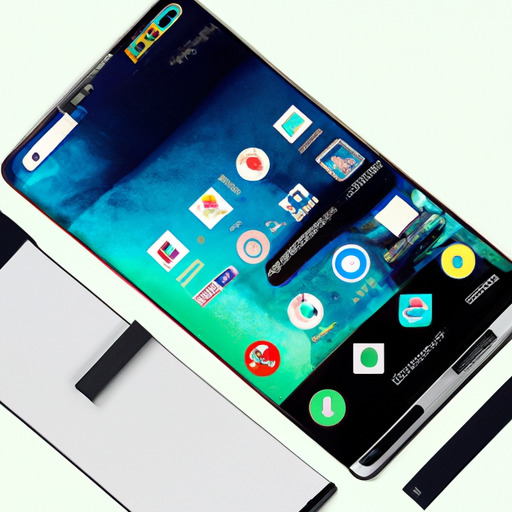Are foldable smartphones just a passing trend, or are they here to stay? Smartphone manufacturers sure seem to think the latter. Despite lukewarm reception and hefty price tags, companies like Samsung, Huawei, and Motorola are still pouring resources into developing and promoting these devices. But what exactly is the appeal of a foldable smartphone, and why are manufacturers so determined to make them a thing?
To answer these questions, we first need to understand what a foldable smartphone is. Essentially, it is a hybrid device that combines the portability of a smartphone with the larger screen size of a tablet. With foldable screens, users can expand their phone’s display to a size comparable to a tablet, making it easier to consume media or multitask on a larger screen.
The idea of a foldable device is not new. In fact, tech giants like Samsung and Huawei have been teasing the concept for years. However, it wasn’t until 2019 that Samsung finally released their first foldable smartphone, the Galaxy Fold. The device was met with mixed reviews, with some praising its innovation while others pointed out its hefty price tag and durability issues.
Despite the initial setbacks, smartphone manufacturers are still undeterred in their efforts to make foldables a thing. One of the main reasons for this is the potential for increased screen real estate. As our dependence on smartphones continues to increase, having a larger display without sacrificing portability is a major draw for consumers. Additionally, a foldable design allows for unique features like multitasking and seamless transitions between phone and tablet modes.
Another reason for the push towards foldable smartphones is the need for innovation and differentiation in a highly saturated market. With smartphone sales plateauing and competition at an all-time high, companies are constantly looking for ways to stand out. Foldable devices provide a new and unique selling point that can entice consumers who are looking for the latest and greatest technology.
However, there are still challenges that need to be overcome before foldable smartphones can truly become the future of mobile devices. Price is a major barrier for most consumers, with current models costing upwards of $1000. Additionally, durability is a concern, as foldable screens are still relatively fragile and prone to damage.
Despite these challenges, the potential for foldable smartphones is immense. As technology continues to evolve and manufacturers perfect the design, we may see these devices become more mainstream in the near future. Until then, it’s up to consumers to decide if foldable smartphones are worth the hype and investment.
In conclusion, foldable smartphones are still a work in progress, but that hasn’t stopped manufacturers from trying to make them a thing. With the potential for increased screen real estate, unique features, and the need for innovation, it’s clear why companies are willing to invest in these devices. Only time will tell if foldable smartphones will truly become the future of mobile devices, or if they will remain a niche product for only a select few.
